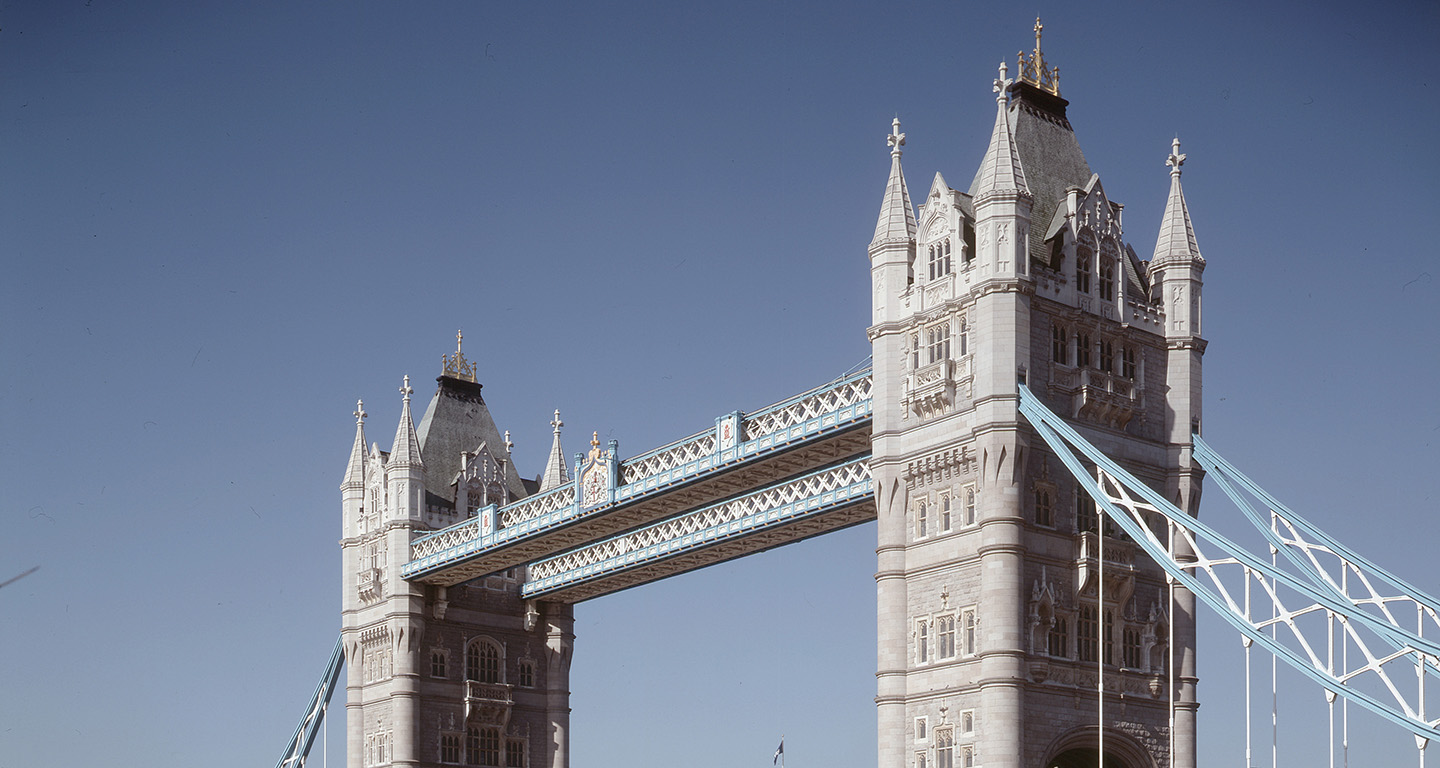More than just the sound of machinery, the Industrial Revolution was a social revolution that changed Britain from a rural country of artisans to a busy, frequently gloomy metropolis of factories and mass production. Amidst this transformation, the Gothic Revival manifested as a deep and complex protest against the dehumanising effects of industrialisation, rather than just a sentimental return to a bygone architectural era. In a society fixated on efficiency and profit, it was a movement that defended faith, the natural environment, and the worth of the individual craftsman.
The Industrial Era: A “Degradation” World
One must first comprehend the conditions that the insurrection was fighting against in order to comprehend it. Unprecedented urban expansion occurred during the 19th century, but at a terrible cost. A new working class, living in small, filthy tenements, flooded into cities. Long, exhausting 12- to 14-hour stints were common, frequently for meagre pay, forcing whole families—including small children—to perform repetitious, hazardous work. Due to the division of labour and factory mechanisation, the act of work itself lost its intellectual and creative significance. Once proud of creating a whole thing from beginning to end, the artisan was reduced to a “fragment of a man,” repeatedly completing a single, mind-numbing activity.

Medieval Town
A Social and Moral Analysis
John Ruskin and Augustus Welby Northmore Pugin, two of the movement’s most important intellectuals, spearheaded the fight against this deterioration. As a devoted Catholic convert, Pugin believed that the deterioration in architectural style was a moral failure. He drew a sharp visual comparison between the clean, community-oriented mediaeval town and its filthy, smoke-filled 19th-century counterpart in his controversial book Contrasts. Pugin thought that a more pure, spiritually-oriented civilisation was reflected in the “true principles” of Gothic architecture, which held that each element served a purpose and each adornment enhanced the building itself. Pugin saw the industrial age’s lifeless, mass-produced designs as a symptom of moral decline.
Using a more humanistic perspective, John Ruskin reiterated and elaborated on this criticism. The “savageness” and imperfections of mediaeval Gothic carving, he contended in his landmark essay “The Nature of Gothic,” were its greatest assets. He claimed that these distinctive flaws were the hallmark of a free craftsman who was free to express his own originality and soul. The “pristine perfection” of industrial and classical architecture, which he perceived as the product of a “machine-like” or “servile” worker, contrasted sharply with this. Ruskin’s works provide a compelling philosophical defence of the movement, presenting the Gothic Revival as a moral necessity to restore human dignity by meaningful work rather than merely an aesthetic choice.

Stained-glass window
Parliament’s Houses: A Living Expression
On the banks of the Thames, the Palace of Westminster stands majestically as the pinnacle of this rebellion. The original building was destroyed by fire in 1834, thus a public contest was organised to create a new seat of government. One of the main points of contention was style. Despite their popularity, neoclassical designs were linked to upheavals elsewhere. In contrast, the Gothic style was seen as a distinctly English, moral, and conservative option. Despite being a classicist, architect Charles Barry won the competition by relying primarily on Augustus Pugin’s skills to design the building’s exquisite embellishments.
The Palace of Westminster became become a model for Gothic Revival architecture. Its towering pinnacles and towers, as well as its elaborate windows and masonry, highlighted the movement’s value of intricacy and verticality. Pugin’s influence can be seen throughout the inside, from the wallpaper and furniture to the elaborate carvings and stained-glass windows. The building’s architecture was a full-fledged, immersive artistic experience that celebrated craftsmanship, material reality, and an imagined moral past while rejecting the factory’s simple, utilitarian look.

Palace Of Westminster
Legacy and Persistent Impact
The 19th century was not the conclusion of the Gothic Revival. Its fundamental ideas—the value of fine craftsmanship, the splendour of organic materials, and the opposition to heartless automation—remained relevant. William Morris, a staunch supporter of Ruskin, led the Arts and Crafts Movement, which continued the tradition by incorporating the philosophy into ornamental arts, furniture, and textiles. The Gothic quest of verticality, light, and meticulous artistry continues to inspire architects of the 20th and 21st centuries, demonstrating the movement’s influence on their work. The striking, ribbed vaulting of the Milwaukee Art Museum and the “soaring spire” and glass facade of contemporary buildings like London’s The Shard are frequently cited for their neo-Gothic influence.
The Gothic Revival was ultimately a cultural counter-narrative. It maintained that a society’s moral integrity and the dignity of its citizens, rather than the speed of a machine or the amount of output, were the ultimate indicators of development. The Gothic Revivalists looked to the past in an effort to create a more beautiful and compassionate future that prioritised spiritual aspiration over worldly gain and human creativity over industrial precision.
Reference
Industrial Revolution | Definition, History, Dates, Summary, & Facts | Britannica
The Nature of Gothic – Half-mad, Half-saved
For more content like this CLICK HERE!





